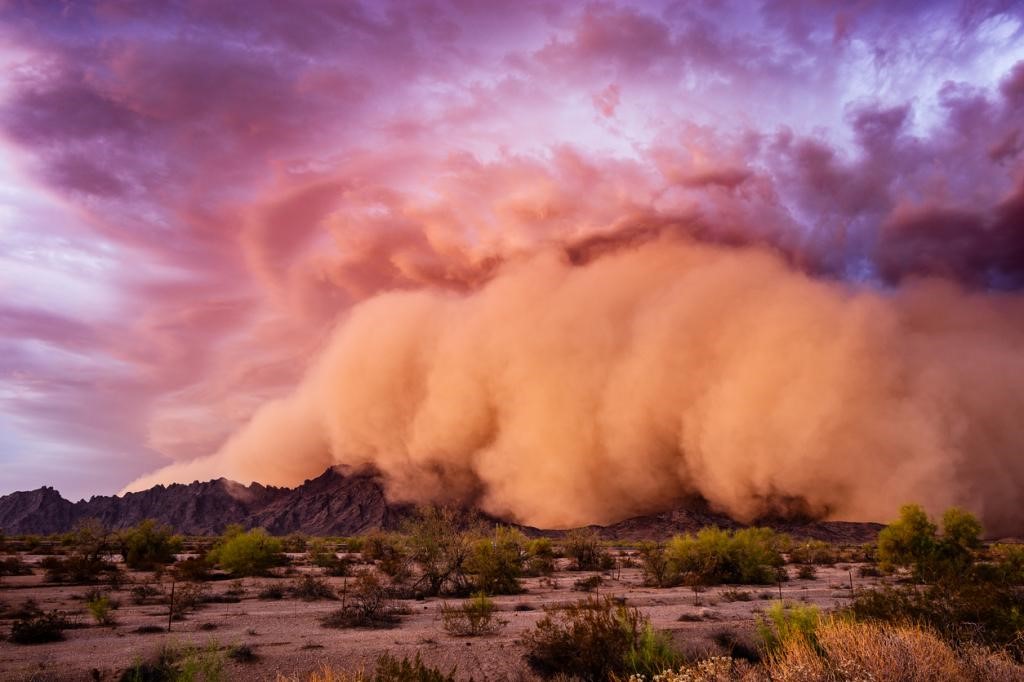Free Courses Sale ends Soon, Get It Now


Free Courses Sale ends Soon, Get It Now



Disclaimer: Copyright infringement not intended.
Context
Details
Main Sources:
Negative Impact
Impact on Power Plants
Affect Freshwater Sources
Increases Ice Melting
On farming
On Sustainable Development Goals (SDG)
Positive Impact
Way Forward
|
PRACTICE QUESTION Sand and dust storms have become increasingly prevalent across various regions, posing environmental, health, and socio-economic challenges. Examine the factors contributing to the occurrence of sand and dust storms, and discuss their impacts on ecosystems, agriculture, and human health. |
© 2024 iasgyan. All right reserved